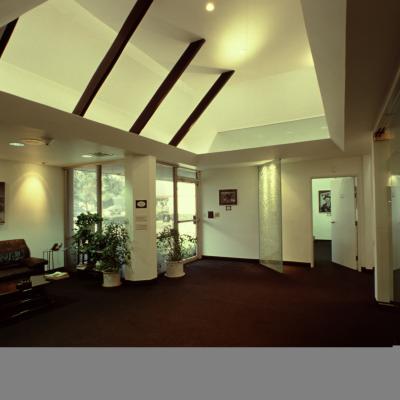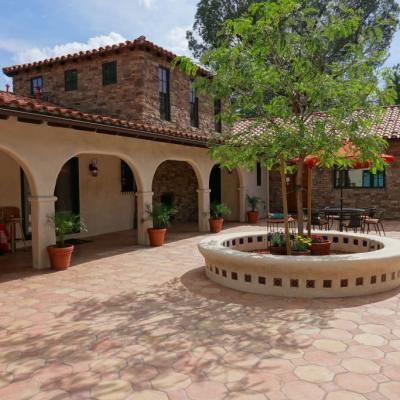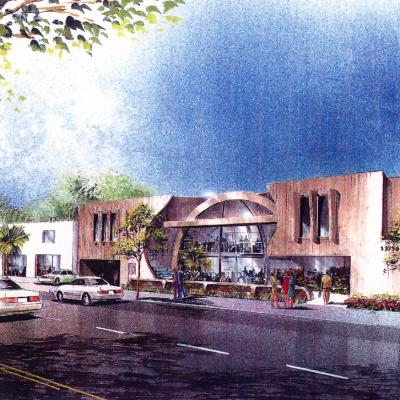When I first started taking construction documents to the Building Department, even people who were putting their design ideas on napkin were getting permits. You could draw up construction documents and, if your design was simple, you could use Type 5 standard approved details from the Building Department. Back then, very few city planning issues created hearing requirements, and city departments would usually check plans over the counter, employing a practical rather than a word-by-word review.
Then came technology, and those easy city department reviews became much more complicated. These days, systematic analysis is required for each box before is is checked off. This is especially true for the plan checkers at all the city department counters. After all, in today’s business climate everyone needs to protect their position in a legal and auditable fashion.
The increased thoroughness of the plan check process translates to longer delays in getting building permits. You wait for that first plan check review, and then comes the legwork of gathering the many mandatory government sign-offs needed to proceed. Inevitably, many of the answers we might get from the original counter review questions change, and a City-enforced interpretation of just one word can threaten a project. (I recently worked on a job in which the word “each” was causing building setbacks. It took a lot of determination to resolve the issue and save our client one year and a lot of money.)
Development guidelines keep changing as well. Only a few years ago, when working on a project you could check the building codes with confidence that what you designed was within guidelines, and that the rules and their interpretations would be consistent applied. Yes, we have always kept governmental requirements in mind from a project’s outset, and that includes considerations pertaining to City Planning, Cal Trans, Sanitation and Engineering, as well as current green codes, traffic studies, governmental projects and authorities such as the Department of The State Architect (DSA0. The employees within these authoritative bodies have to strictly enforce current rules and codes, even when they agree that the guidelines are unrealistic for a particular project. Audits have also become the norm, and auditors may require some project notes to appear in several places within the project’s plans, a practice that is not consistent with an architect’s training.
Suppose you need clarification of a rule or code. You cannot simply email a supervisor; your question needs to begin with your assigned plan checker and then go up the chain of command. By the time you receive your answer, you have wasted precious time in which you could have advanced the acquisition of a building permit or certificate of occupancy. The added costs related to permits and construction continue to rise, and the higher price tag on architectural services makes them less accessible to more people.
Today’s diverse parameters involve many mathematical matrixes that require an engineer’s input and approval of plans before we can even begin to design a project. From the height and setback to energy efficiency, water collections and deconstruction of the old buildings, we see an ever-expanding need for engineers. More often now, after a cost vs. benefits analysis, we see that smaller projects may not even make financial sense. Certainly codes are mostly devised for larger projects on which the government expends the most attention and effort.
As I talk with other architects and design consultants, I hear the same stories and concerns. I truly fear the red tape we will encounter when rebuilding from the city’s next big earthquake or other disaster. Until the consistency of code enforcement catches up with itself soon, we need to carve a path through these code and interpretational changes and inconsistencies, and arrive at common sense applications of the governing rules. This could take years, partly due to conflicting goals amongst the State of California, and County and City of Los Angeles. In general, I believe that documentation, auditability and concerns about legal protection are the primary roadblocks to a smoother design and permitting process.
At JHAI we fight for all our clients, and will continue to do so even as we find ourselves battling the obstacles described above. We are successful because we are willing to take matters all the way up the ladder, if necessary, to get our clients’ projects approved and permitted.










